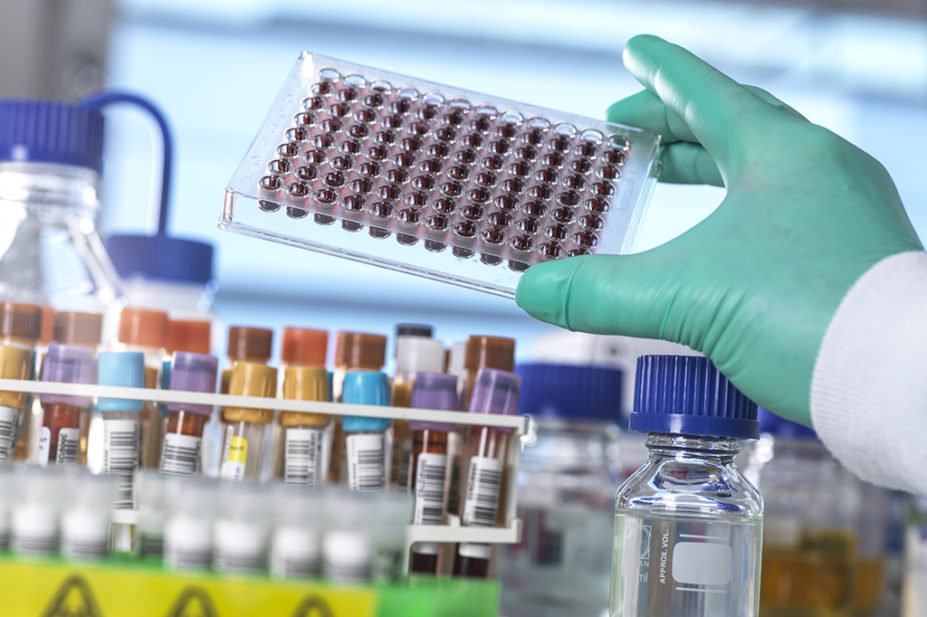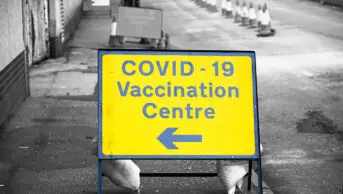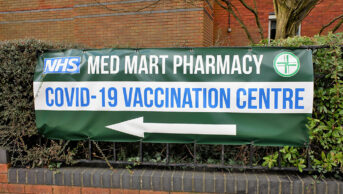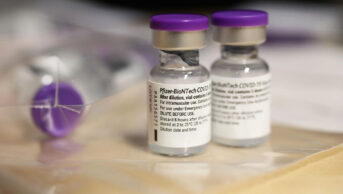
Science Photo Library
There is no doubt that one of the success stories of the COVID-19 pandemic has been the unparalleled speed that clinical trials into new treatments have been conducted, and their results incorporated into routine practice.
For instance, in just 14 months, the UK-led Randomised Evaluation of COVID-19 Therapy (RECOVERY) trial has enrolled almost 40,000 participants across more than 180 sites globally, and investigated more potential treatments than any other trial in the world.
Much of the research around therapeutics for COVID-19 has focused on repurposing drugs that are already used for other conditions, and the treatments with positive results so far have generally fallen into two categories: corticosteroids and monoclonal antibodies.
In June 2020, dexamethasone became the first medicine with data in the RECOVERY trial suggesting a significant reduction in death in those with COVID-19 requiring oxygen or ventilation. And it has proven to be a real game-changer; in March 2021, NHS England revealed that the corticosteroid had saved the lives of around 1 million people worldwide, after being incorporated into COVID-19 treatment guidelines.
Next, in April 2021, the inhaled corticosteroid budesonide became the first drug to be found to shorten recovery times in COVID-19 patients in the community, following interim results from the Platform Randomised Trial of Interventions Against COVID-19 in Older People (PRINCIPLE).
In terms of monoclonal antibodies, in January 2021, NHS guidance was updated to recommend that tocilizumab and sarilumab — already used to treat rheumatoid arthritis — should both be considered in the treatment of COVID-19 patients admitted to intensive care. The change followed results from the Randomised, Embedded, Multi-factorial, Adaptive Platform Trial for Community-Acquired Pneumonia (REMAP-CAP), which suggested that the drugs led to a 24% reduced risk of mortality, when administered to patients within 24 hours of entering intensive care.
But perhaps what has been more important is the ability of these clinical trials to preclude potential treatment options. Many seemingly promising candidates — hydroxychloroquine, colchicine, convalescent plasma — have fallen short of expectations.
In May 2020, remdesivir became the first COVID-19 treatment in the UK to be made available for use outside a clinical trial, following evidence that it could shorten recovery time. However, the role of the antiviral in clinical practice has remained uncertain; in December 2020, results from the World Health Organization’s (WHO’s) Solidarity trial suggested that remdesivir had little or no effect on death rates in hospitalised COVID-19 patients, and a “conditional recommendation” in the National Institute for Health and Care Excellence’s COVID-19 rapid guideline states that it should only be considered for hospitalised patients on low-flow supplemental oxygen, owing to evidence that it is more beneficial earlier in the course of disease.
This work will continue for many years to come. More than a year since the pandemic started, there are still just a handful of drugs recommended for the treatment of COVID-19. However, new treatments continue to be added to the list of potential therapies.
In April 2021, the ANTICOV trial was launched in Africa, with the aim of testing the efficacy of affordable drugs, such as amodiaquine, ivermectin, nitazoxanide and ciclesonide in mild and moderate cases of COVID-19. And, on 7 May 2021, the WHO’s Solidarity trial was restarted with a fresh roster of treatments aimed at tempering the immune response.
Also in April 2021, the UK government announced that it had launched a taskforce with the aim of identifying at least two effective antiviral treatments in 2021 that can be taken at home by individuals with a positive COVID-19 test, or who have been exposed to someone with the virus, to help stop the spread of infection and speed up recovery time.
However, as yet, we still do not have any drugs recommended for prophylaxis against COVID-19 infection and we still have a way to go in determining the best treatment for the complications associated with long-COVID.
So, although we should celebrate the enormous progress made so far, there is still a lot more to be done. PJ


